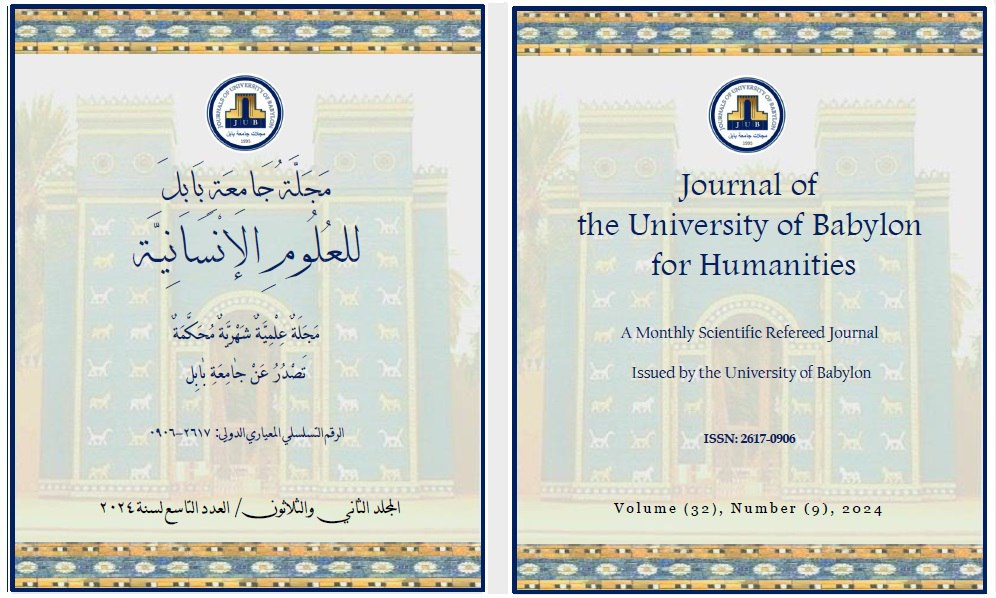The Pragmatic Discourse of the Husseini Revolution Drawings in the Middle East Arts
Main Article Content
Abstract
This research focuses on the study of (The Pragmatics of Discourse of the Images of the Husseini Revolution in the Arts of Middle-East). The Husseini revolution and the story of martyrdom of Imam Hussein (PBUH), and all his family and his companions have significant impact on the graphic art of the Middle-East.
Artists expressed it in different aesthetic perspective ways. Each artist has their own unique style of visually representing the incident that carried the values of rights, reformation, correcting the corrupt situations and the course of the Islamic nation. The Middle-East artists have expressed it by incarnating the images, signs and bodies.
This leads to have effective aesthetic and expressive perspectives works that are consistent with the valuable images of sacrifice and redemption, and documenting painful incidents that befell the Prophet's household, especially the sufferings of women and children from blatant attacks, as well as the grand sacrifices of the Holy Household (PBUT) and their chosen companions in the battle between truth and falsity.
The research is formed from four chapters. The first chapter is dedicated to state the problem and importance of the research and the need of it. The aim of the study is to state The Pragmatics of Discourse of the Images of the Husseini Revolution in the Arts of Middle-East in the period from 2016 to 2023 in Iraq, Iran, Saudi Arabia, Lebanon and Bahrain, and determining the most important terms that are come out in the study. The current problem of the research has emerged from the following question: what is the pragmatics of discourse of the images of the Husseini Revolution in the arts of Middle-East? How does the artist tackle it?
The second chapter is tackling the theoretical framework. It is formed from three subjects; the first subject is tackling the concept of the pragmatics of discourse, the second one is tackling al-Taf incident as an analytic study, and the third subject is tackling the experiences of the modern graphic art in the Middle-East. The third chapter is tackling the procedures of the research. The final chapter contains results recommendations, conclusions and suggestions.
Article Details
Issue
Section

This work is licensed under a Creative Commons Attribution 4.0 International License.

